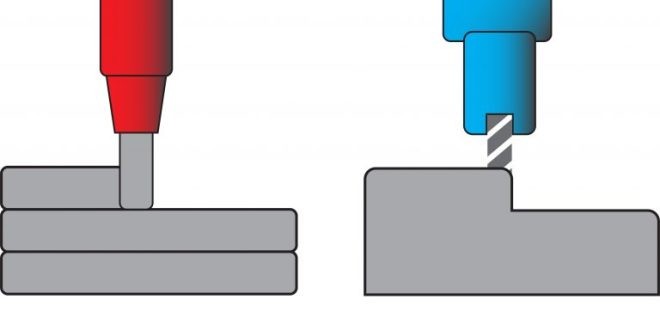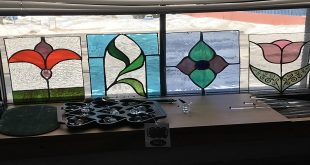Subtractive Printing
Subtractive 3D printing, as the name suggests, is the act that removes material to create an end product. For older devices, this might have been the act to start with a larger block and work out the plan for how to remove it. While many modern printers now work on the additive process, it remains an integral part of larger projects. It also plays a part in smaller scale printing.
Additive Printing
Instead of building layers of material to reach the final product, this process requires a larger spool that is slowly fed through. This is how the project is built. Although this can be slow for larger projects, it has revolutionized how some processes take place. However, the slower process can be quite cheap, with the energy cost being the defining element for many. This has led to changes in expectations for larger projects.
Both will continue to be used throughout manufacturing process for various purposes. Finished products will often come out of a subtractive approach, whether it’s through 3D printers or more likely through CNC options. However, more complex parts or those that require weight reduction or intricate designs, are best suited for additive manufacturing. This is where 3D printed is truly shining, as speed isn’t always a factor.
If you are looking to profit from home-based manufacturing, it is worth researching both the process and whether it suits your needs better.
 Naa Songs
Naa Songs



